From the idea to production
#1 The design of TEMO
“Conceptualising the desires of my clients “
Christophe Chedal Anglay - Designer
With his expertise in the design of the most demanding objects, dedicated to adventure and exploration, Christophe has specialised in the world of boating activities for several years. His designs adorn the interiors and exteriors of all kinds of boats.
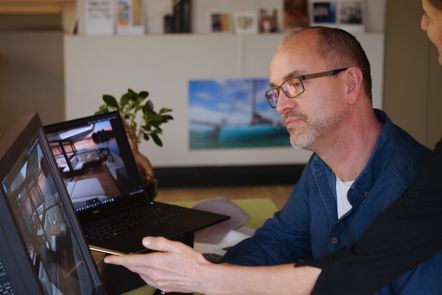
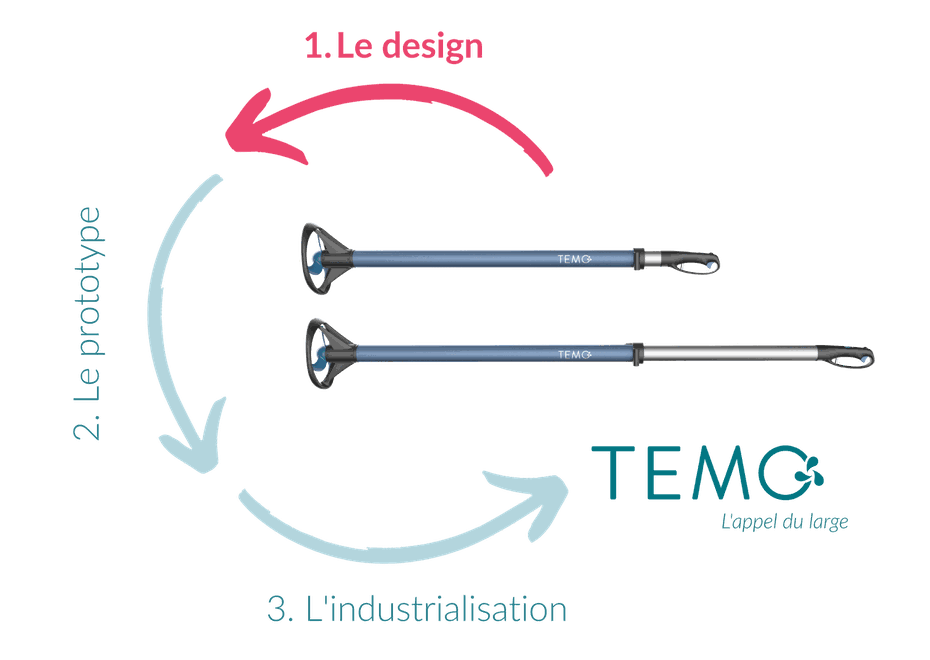
It was via this network that he met Alexandre SEUX, founder of TEMO - the motor for new generation boat tenders , and that in May 2018, he was entrusted with the design of what will become the first electroportable propeller.
Hello Christophe, how would you define your job?
As a designer, my role is to conceptualise the desires of my clients. Some of them will give me carte blanche, others have a very strong idea of what they want. It's up to me to adapt to the specifications and deliver a design that fits the project owner's wishes as closely as possible.
What were the specifications when Alexandre entrusted you with the design of TEMO?
When Alexandre came to see me, he had a fairly precise idea of the product, both in terms of use and ergonomics. But with many constraints:
Alexandre wanted a really disruptive shape compared to existing dinghy engines. He imagined it to be electric and tubular. He wanted TEMO to be light, compact, easily transportable while delivering substantial power, capable of propelling any small watercraft. A lot of technical constraints to fit into a simple and light product. So, not so simple.
I had to respect Alexandre's aesthetic vision while making sure that the dimensions and proportions of the product could accommodate all the technical and ergonomic features required for its use.
From there, we took our inspiration from urban mobility, with a battery, and power and dimensions similar to those of an electric scooter. Then, to validate the use, we drew on elements from the nautical world - such as the linear shape typical of the Asian longtails. Finally, we added other ergonomic features inspired by the Dyson vacuum cleaner and other cordless tools in general.
TEMO has emerged with a very simple, pure design that conceals great technical complexity.
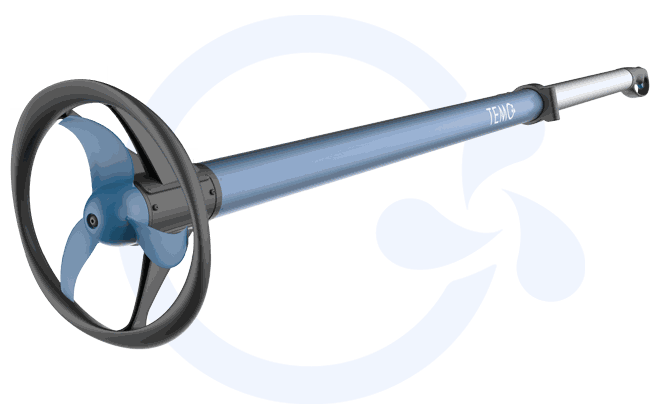
How did this translate across to the product?
In order to respect the compact nature, we focused on a telescopic design. The idea was to be able to fold the upper tube into the lower tube and thus go very easily from a minimum size of 130cm to an unfolded size of 170cm so as to be able to adapt to the user as well as the boat.
The unit could have been folded or dismantled into two parts but the telescopic design optimises storage and allows almost instantaneous installation. A TEMO does not take up any space, slips into its transport bag, into the trunk of a car or a locker on a boat without cluttering the deck.
The tubes also make it easy to pick up, and make it possible to rotate the handle to choose the best grip wherever you are on your dinghy.
A lot of work has been done on the handle. Hyper-ergonomic and comfortable, we designed it to be ambidextrous. The hand is naturally positioned on the handle and both the control trigger and the directional button remain easily accessible with the index finger and thumb.
Other elements were then added to complete the machine: the clamp, the anti-theft base, the protective guard around the propeller etc... Always with the aim of keeping it very simple and sleek.
This electro-portable propeller is completely innovative, and at the same time is also a very beautiful object. We’re very satisfied with the result.
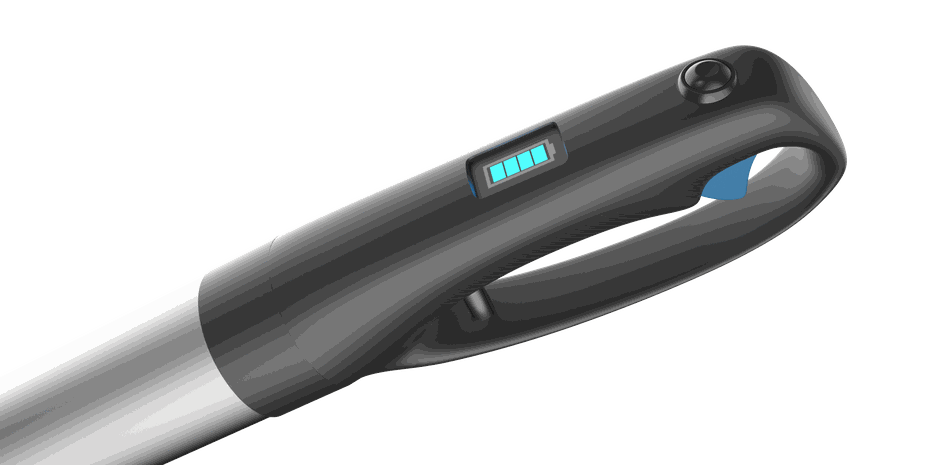
How was TEMO a challenge?
From a design point of view, TEMO was a real challenge so that the compact and light aspect would go hand in hand with the required performance.
The idea of integrating the propeller, the motor, the battery, and the controls in a perfectly linear axis and making the whole thing easy to handle and transport was not so straightforward.
And yet, when you see the object today, it seems logical, expected. So my mission as a designer, from that point of view, has been perfectly successful! With experience, I spend most of my time drawing so that you don’t see these things…
So the collaboration with Alexandre, the project leader, was a success?
Absolutely. Given that we knew each other well professionally, we were able to break the classic agency/client process and work in shorter, informal design loops where everyone assumes their responsibilities and expertise. This was a real joy for us as designers, and it is a context that I am increasingly able to create with my clients to the benefit of simple, clear and readable products.
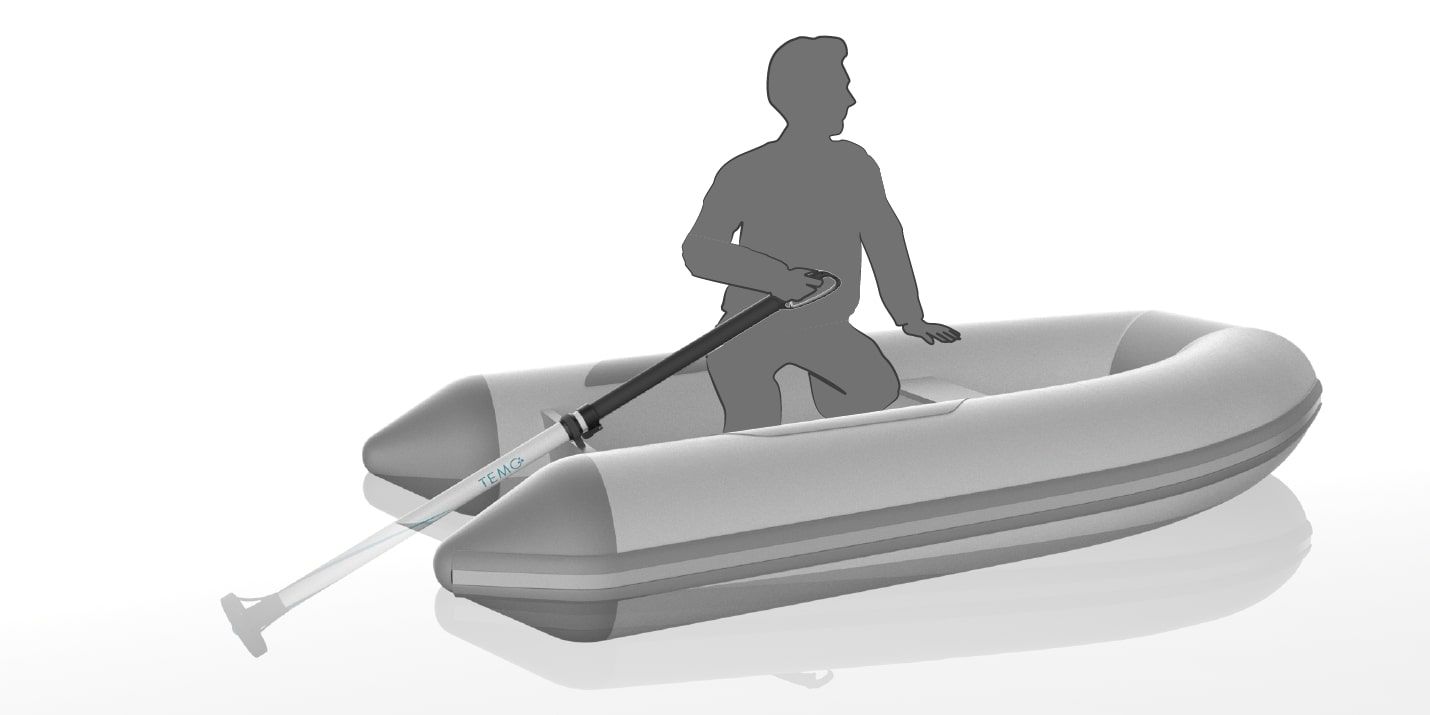
Are there still TEMO features you are working on?
Although the bulk of the design is now validated, there may still be slight adjustments to be made. This new motor will likely see some evolution thanks to feedback from boaters. We will make the necessary modifications.
In parallel with TEMO, I also worked on the transport bag, the powerpack and the rowlock, for example.
For the latter, we wanted to have a very simple and quick-to-install interface. We explored several possibilities until we found the best solution: a universal bracket with a very discreet female section, perfectly integrated into the TEMO clamp and a male section - minimalist - to be fixed on any boat transom. Four screws are quite sufficient.
The designer's job is to imagine the product in its overall environment, its scenario of use, and all the accessories that complement it then play an important role.
The idea is to create cohesion, to stay on supports that are both simple and robust so that the whole constitutes a unique family, specific to the world of the brand. Now TEMO is recognisable by everyone with a strong identity that goes far beyond the logo.
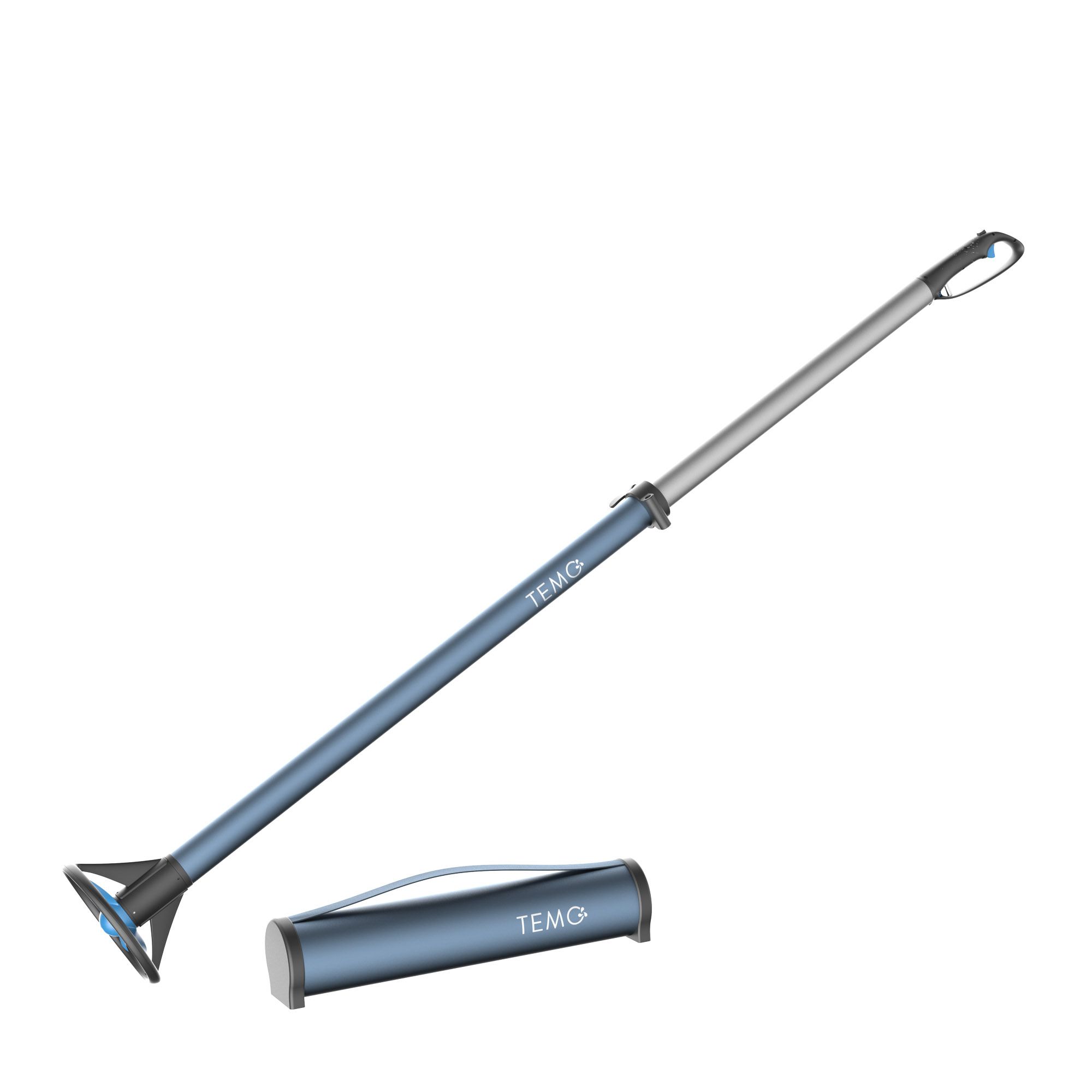
As a designer, what are the industrial property rights of a product?
As a designer, I have the rights to my designs. Then, depending on the agreement between the different parties, it is possible to transfer the industrial property of the design to the company so that it can have full exploitation rights.
Generally speaking, if you want to put an innovative product such as TEMO on the market, it is recommended to protect the design by registering the designs with the INPI. This is a fairly quick procedure that allows the invention to be patented and prohibits the exploitation by a third party of the patented design.
Thank you Christophe!
Christophe ChedalAnglay
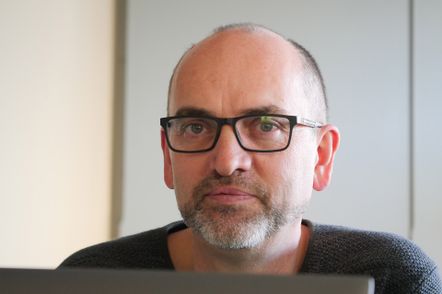
Read the next related article : From the idea to the product #2 The Prototype
